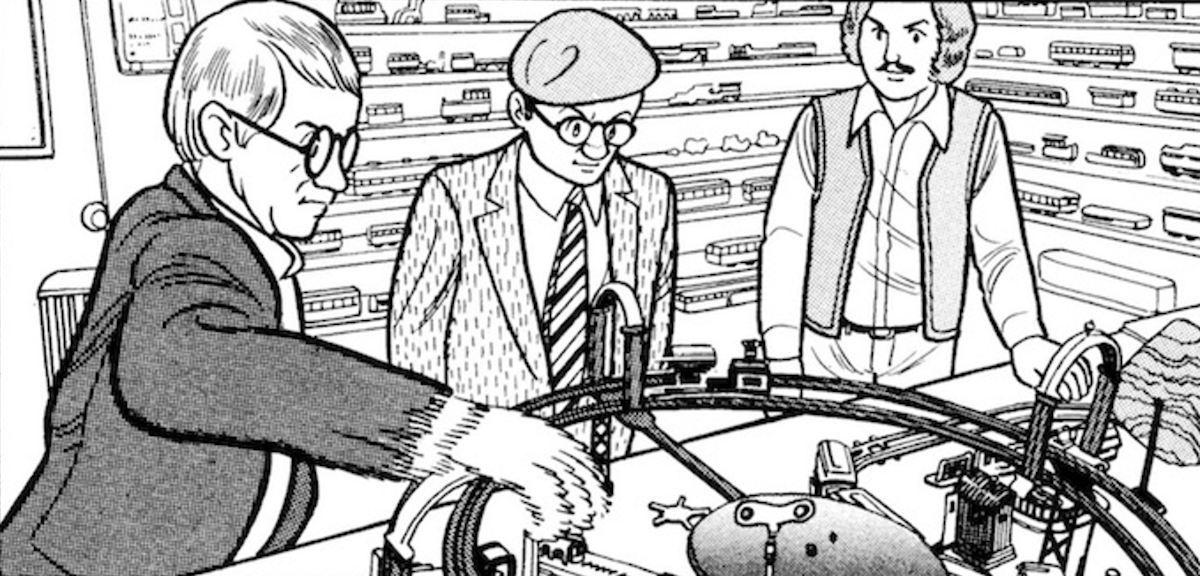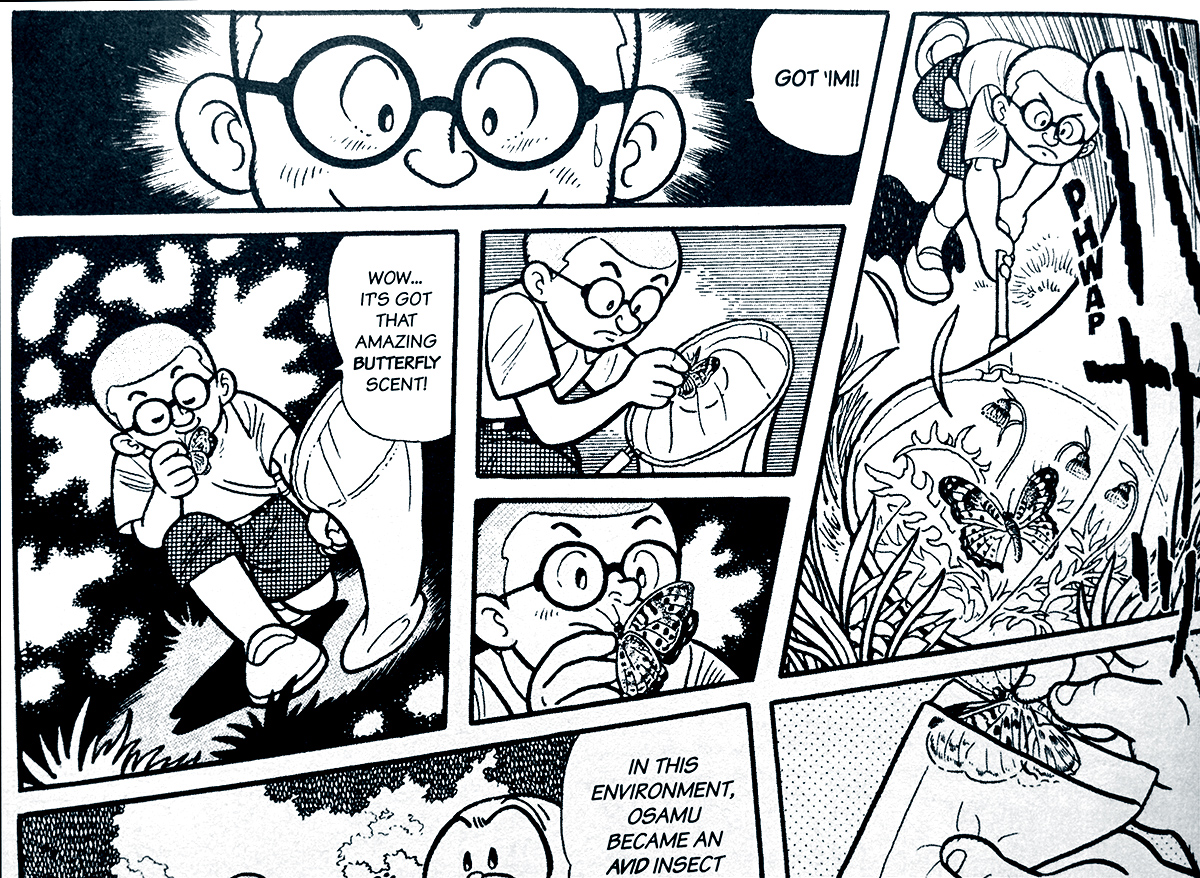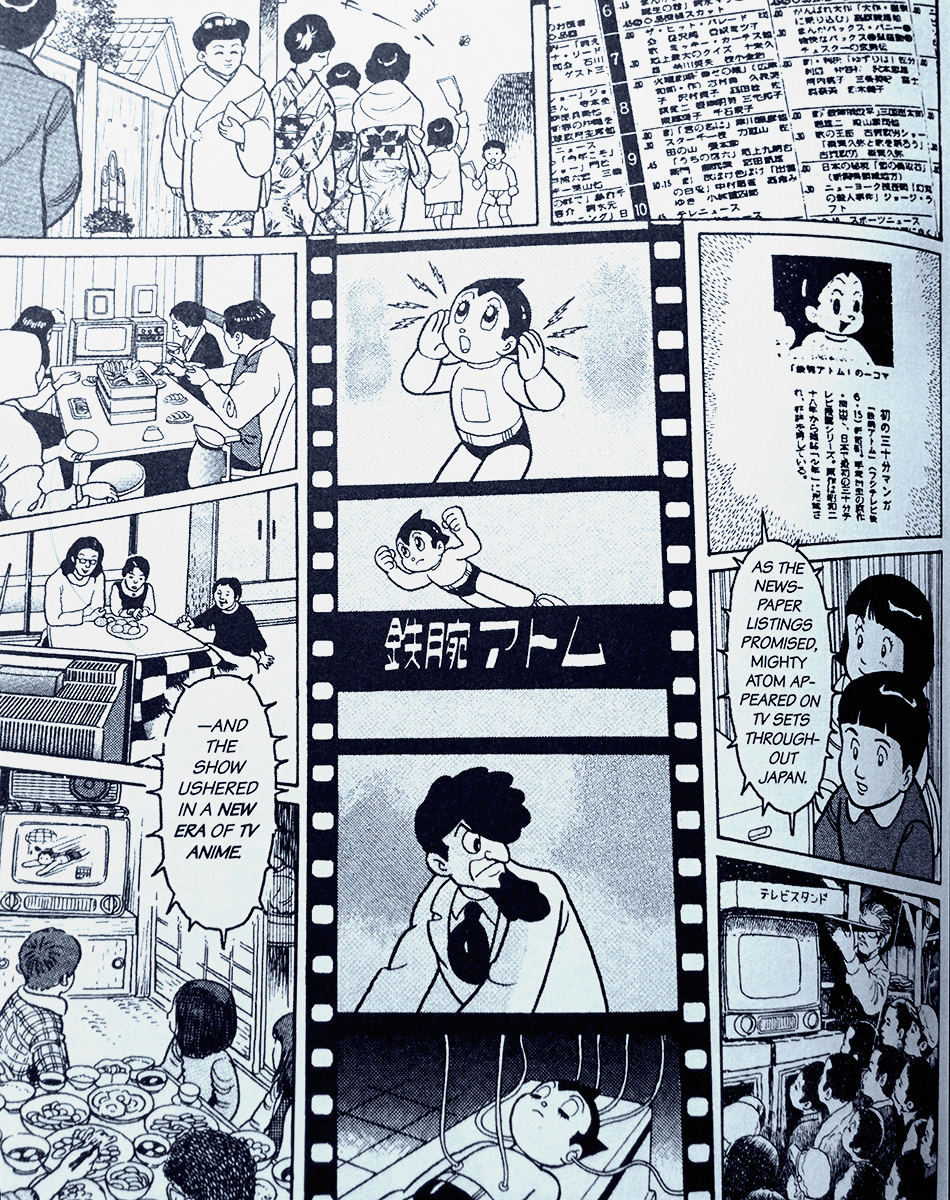The Osamu Tezuka Story
The remarkable life story of the God of Manga
Osamu Tezuka, the manga artist who created Astro Boy and Black Jack and is widely regarded as the God of Manga, popularized long-form “story manga” in postwar Japan. He had a penchant for sprawling, epic narratives that followed heroes all the way from birth to death – a device most famously employed in Jungle Emperor Leo and Buddha. It’s fitting, then, that mere months after Tezuka’s death in 1989, his former assistant, Toshio Ban, embarked on a Tezuka-esque quest to catalog the life of the God of Manga.
The Osamu Tezuka Story, Ban’s manga biography of the artist (available in English from Stone Bridge Press) is a massive book compiled from a magazine serialization that lasted three years. Ban spares no detail, sometimes to a fault, with even the smallest anecdotes and minutiae of Tezuka’s life preserved. This reverence to Tezuka makes for fascinating reading for hardcore fans, but it’s easy for more casual readers to get lost in the weeds.
Part of the reason why the story is so dense is that Ban combines information from a number of sources, including Tezuka’s family and friends, people who worked with him, as well as Tezuka’s own writings and autobiographical manga stories. Rather than synthesizing this into a filtered, dramatized version of his life, however, Ban goes for a mostly straight biography with a string of vignettes narrated by Shunsaku Ban – the mustachioed character who appears in many of Tezuka’s works (no relation to Toshio Ban).

Celebrated translator and writer Frederik Schodt, who often interpreted for Tezuka in the 1970s and ’80s, was the one who convinced Stone Bridge to publish The Osamu Tezuka Story. But outside of the foreword, which provides some useful context from an American perspective, Schodt’s involvement isn’t very visible in the book itself; he’s not the author here, just the translator.
One very notable aspect of the book is that it contains a lot of excerpts from Tezuka’s manga, some of which have never been translated into English until their appearance in The Osamu Tezuka Story! In addition to these direct excerpts, Ban attempts to channel Tezuka’s art style. The result, however, is a much more stiff and realistic approach than Tezuka’s exaggerated caricatures. This, combined with the sometimes clinical approach to the story, means that the manga comes off as a bit sterile and academic. That’s good for manga scholars but doesn’t always make for a very exciting read.
Still, if you’re interested in learning about Tezuka’s journey through the manga and anime industries, there’s a lot to take in. The book is full of fascinating stories about his prodigious work ethic (Tezuka would ink pages for one manga while dictating scripts to his assistants for another one), his obsession with cinema (he had a goal of seeing 365 movies a year), and more. Outside of just Tezuka, though, it serves as a history of the anime and manga industries with appearances from luminaries like Leiji Matsumoto and Noboru Ishiguro as well as explanations of various production processes used on Tezuka’s manga and anime. Some fans may also be surprised at how many creators from before Tezuka’s time are featured in the manga, since he is often erroneously credited with “inventing” Japanese animation and comics.
It’s hard not to be in awe of Tezuka’s output and dedication to his craft after reading The Osamu Tezuka Story. Ban does have a tendency to sugarcoat some of Tezuka’s less positive attributes; other authors spend more time dwelling on his competitive nature and poor business sense as well as precedents he set that have contributed to the poor working conditions in the modern anime and manga industries. Despite this, Tezuka was an undeniably powerful force in Japanese pop culture for most of his life, whether he was popularizing long-form “story manga” for children or winning international awards for his experimental animation.
The Osamu Tezuka Story isn’t for everyone; new fans will want to bone up on their Tezuka via titles like Black Jack, Astro Boy, or Buddha before diving in. But for those fascinated by the minutiae of animation and comics history, this book proves an invaluable point of reference by compiling various sources to tell a comprehensive story of one of the most remarkable lives in pop culture history.





